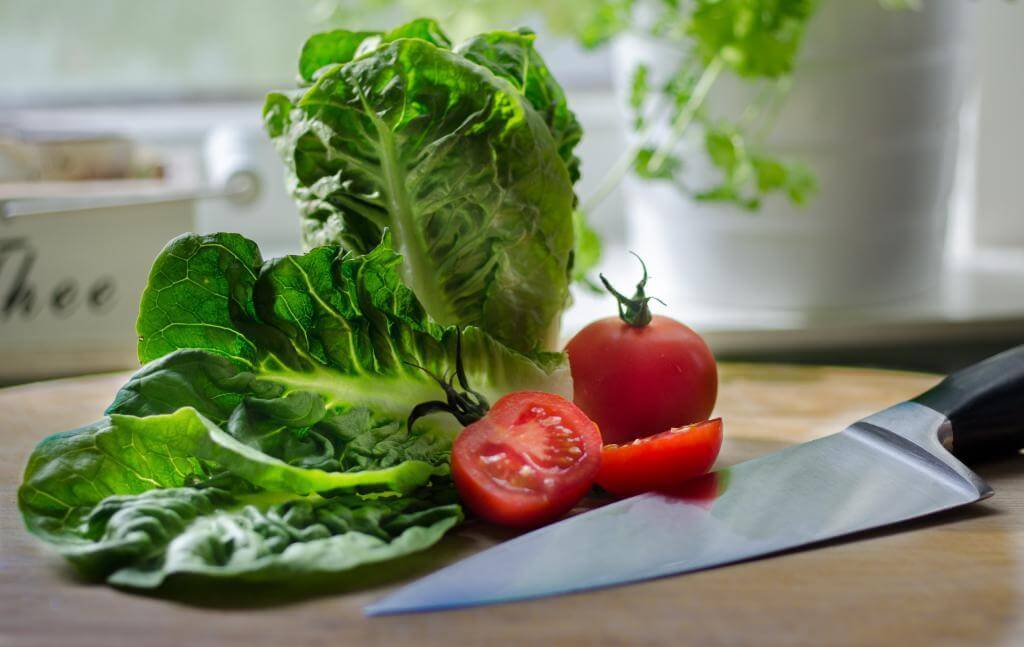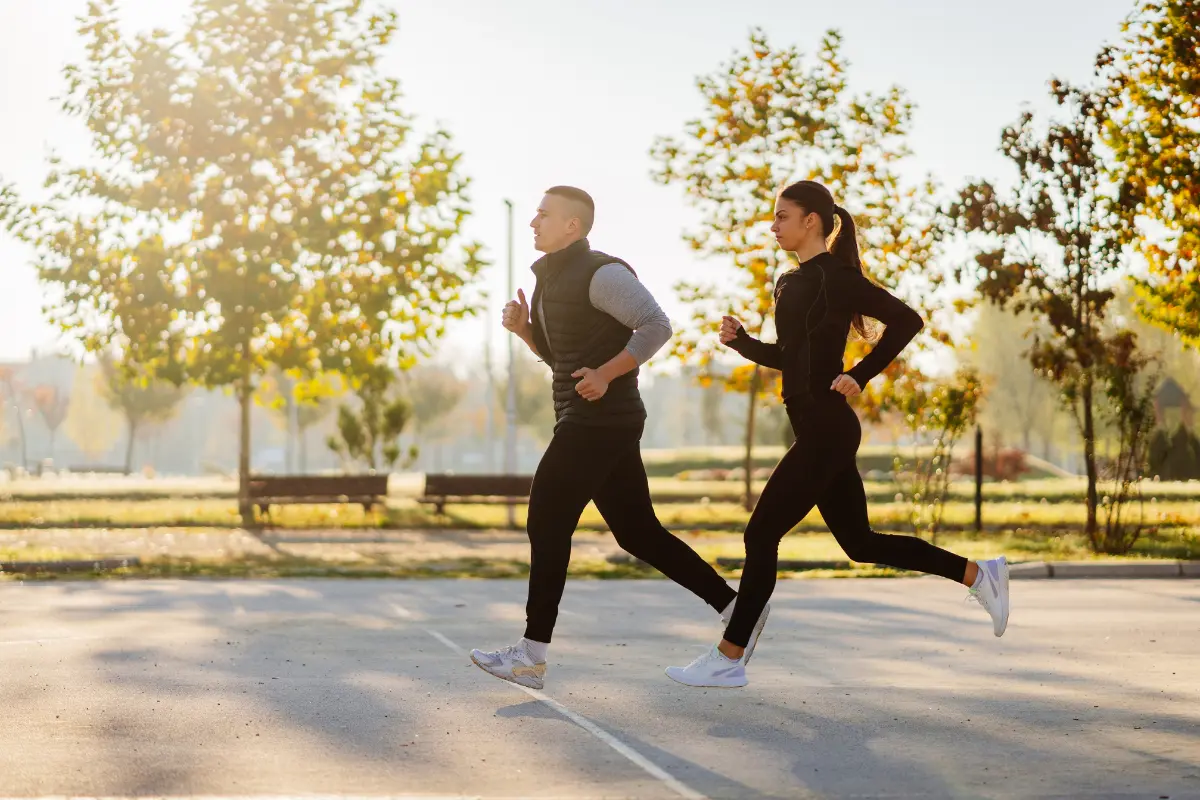
Whether you're looking to optimize your performance in the gym, lean out, or make weight for your next meet you've likely opened a check in email and to your dismay, received macros that feel impossible. You just optimized your macros to fit in a your favourite treat (or an extra sweet potato), but your coach wants to optimize your macros to fit your goals. We've all been there, and your coach is there to help. Every client is going to develop their own unique set of tricks to call on when things feel tough.
When I was a strength athlete working with Team WAG I was dieting on what would be considered 'luxury macros'. As a 140lb 5'6 female I was eating 140p, 300c, 45f, maintaining at least 4 abs on a good day. I was proud of my brag worthy carbs but when I decided to prep for a physique contest I knew they would drop. In three months’ time I was eating 140p, 100-150c, 40f. I know what you're thinking- 'Man, she must have been hungry’, but the point of the story is that if I can modify my food choices to absorb such a large cut in macros, you can survive on 20 less carbs! You may remember when you were a newcomer to macro tracking that carbs and fats can sneakily add up - this same principle can be applied to our advantage when cutting. I'm not going to tell you that dieting is easy, or that with a few little tricks you'll magically be free of cravings and stuffed all the time, but what I can do is share with you a few strategies that kept me sane.
- Reframe Carbs in to a Tangible Value
Initially I began to dread my check in day. I knew that from here on out the numbers were just going to be dropping. I would wait in anxious anticipation to get my macros for the week which on average were dropping by about 25 grams of carbs. Attaching anxiety to this only made me resent my goals and when I really thought about it, 25 grams was about one serving of frozen yogurt. I love frozen yogurt, but I could easily survive with 100 grams less of it.
- Remove Non-Essential Splurges
One of the beauties of flexible dieting is that it allows us to fit in little treats that are more for our sanity than satiety. When macros get cut, decide which ones you need and which you can part with (or save for your refeed!). I got in to the habit of working a treat or two in to each day simply because I could. Once I realized that these foods were okay to keep as a 'once in a while' versus part of my daily diet, it freed up a ton of macros to use to keep me feeling full.
- Choose High Volume Food and Cut Portions
This one may sound like a no brainer, but it's amazing how many ways there are to stretch your meals. It could be as simple as slashing your portion of rice, and supplementing it with a salad but adding in higher volume vegetables is going to keep to full. If you can't part with your macro dense foods just yet, by modifying portions to cut carbs by even 5 grams per meal will add up throughout the day.
Advertisement
- Shift Meal Times
Depending on when you work out, consider pushing your first meal a little later or finish eating a few hours earlier. By structuring your meals around your workouts you'll still be well fueled for performance while getting to enjoy your food in larger portions during a shorter period of time. Some people follow a structured intermittent fasting schedule, but I usually gauged it by how I was feeling that day.
- Decrease Meal Frequency
Experiment with how many meals you eat a day. As calories get lower, dividing your macro between 6 meals will be much less satiating than 3-4. Stop snacking! If you feel you need to eat more frequently, try saving the macros you would allocate to your 2-3 snacks a day in to a proper meal. I found that allowing my body to feel actually full a few times a day rather than 'sort of full' many times a day was more satisfying.
- Classic Appetite Suppression
I share these tips with a preface that you need to listen to your body. Not everyone feels good increasing caffeine or using calorie free sweetener. I would really recommend using these more as a back up plan than your first line of defense. Focus first and foremost on building a diet of nutrient dense, higher volume foods and drinking plenty of water to keep you satiated.
Caffeine is an effective appetite suppressant, drinking another coffee or tea between meals can help quell hunger for a little longer. Adding in sugar free syrups address a sweet tooth when treats aren't in the macro budget for the day. I drank a good amount of diet soda while dieting. Carbonation helped give me a feeling of fullness even if my meals were small. If diet soda isn't your thing, try some flavoured sparkling water.
- Be Okay with Being Hungry
This tip isn't as delicious, but it's just as important. Attitude is a huge part of dieting. I used to fear being hungry but once I started acknowledging it as a temporary feeling that I really did have control over it lost its power.
Advertisement
The trick to effective dieting is that there is no one way to manage it. I learned what worked for me through many months of trial and error and I'm STILL experimenting with new techniques. What has worked for me may not work for you and some days what worked for me in the past isn't quite right for me now. Dieting doesn't always feel like a blessing, but it's an opportunity to develop a deeper insight in to how your body works, feels and responds to changes.
How to you manage cuts to your macros? Share your tips below!
Schedule a Free Intro Call
Working Against Gravity has led the macro tracking and health space for over a decade. Our team doesn’t just understand the science of nutrition—we’ve spent years mastering the art of tailoring it to fit your life. That means no cookie-cutter plans, just real strategies that have worked for over 30,000 people.
Schedule a free call with our team to learn how working with a 1-on-1 WAG coach will help you reach your goals.



